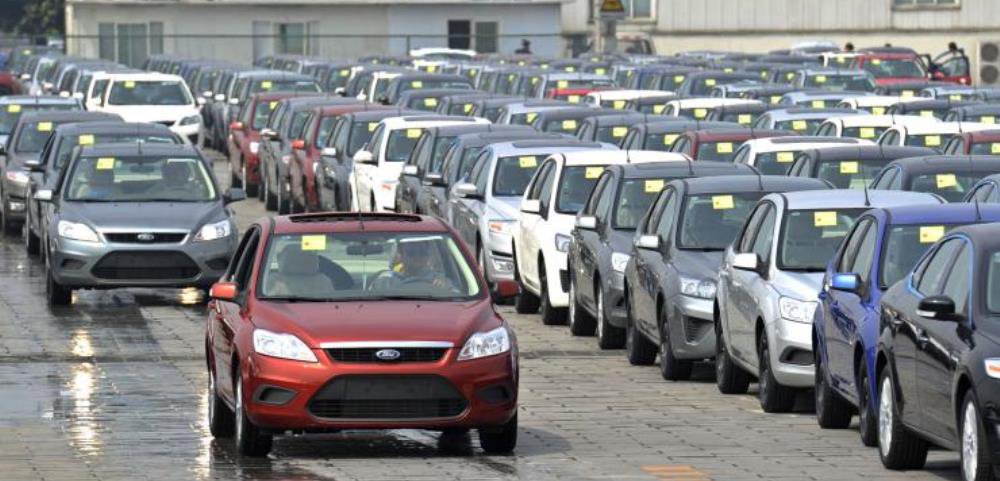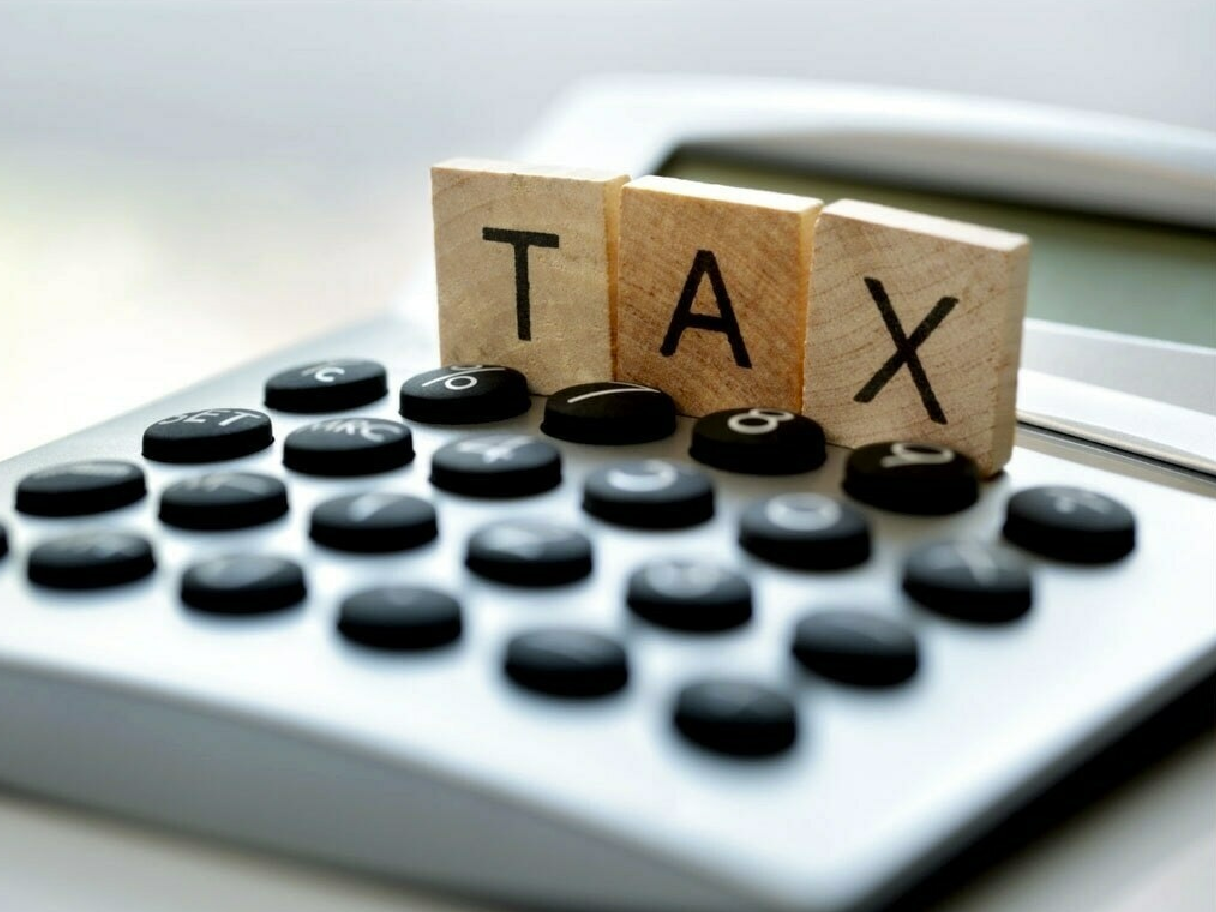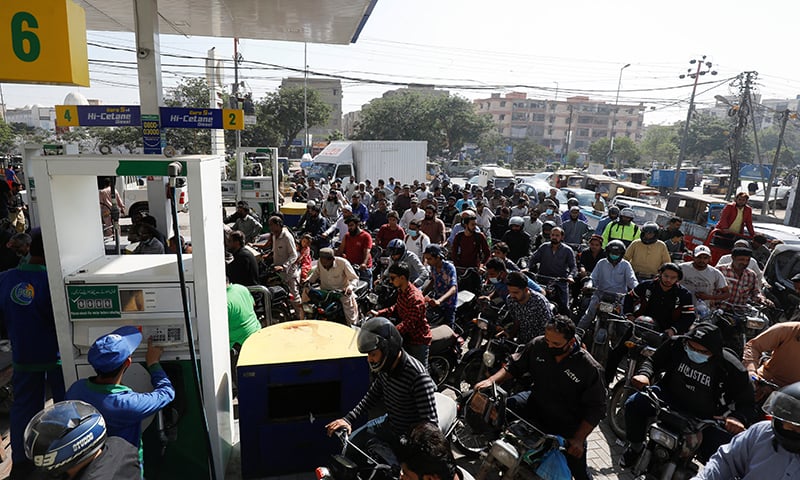PTBP Web Desk
The Federal Board of Revenue (FBR) has delivered a significant policy shock to the automotive sector by imposing a stringent 40 percent regulatory duty on the commercial import of old and used vehicles. This sudden and substantial increase in taxation is set to fundamentally reshape the landscape of the used car market in the country, immediately impacting importers, dealers, and consumers alike.
The directive was formally announced via the issuance of Statutory Regulatory Order (S.R.O) 1898(I)/2025 on Thursday. This critical document clarifies the federal government’s decision to sharply increase the financial barrier for bringing pre-owned automobiles into the domestic market. The sheer magnitude of this new levy signals a decisive shift in policy aimed at several key economic objectives.
It is crucial for stakeholders to grasp that this newly imposed 40 percent Regulatory Duty is not a standalone tax. The FBR notification explicitly states that this rate shall be in addition to the already existing regulatory duty that was previously imposed under S.R.O. No. 1152(l)/2025, dated June 30, 2025.
This means that importers of used cars will now face a significantly escalated cumulative tariff structure. Where existing duties already presented a formidable hurdle, the new 40 percent surcharge multiplies the total landing cost exponentially. For commercial importers, whose business model relies on volume and manageable duties, this move represents a major, and potentially crippling, fiscal challenge. The policy effectively makes the importation of commercially used cars a far less viable business proposition. The complexity of these duties and tariffs often necessitates specialized customs and legal expertise, raising the operational cost for importers even further.
Government under sub-section (3) of section 18 of the Customs Act, 1969 (IV of 1969). This specific section empowers the government to levy regulatory duties for fiscal policy implementation. The legal precision used in the SRO ensures that the new duty targets very specific categories of vehicles.
The duty applies to used vehicles falling under several key PCT Headings of the First Schedule to the Customs Act. These headings categorize different types of motorized transport, ensuring the new duty covers a wide range of imported used vehicles:
- PCT Heading 8702: Primarily covers public transport type passenger motor vehicles (buses and coaches).
- PCT Heading 8703: This is the most crucial category, encompassing motor cars and other motor vehicles principally designed for the transport of persons, including station wagons and racing cars. This is where most used car imports fall.
- PCT Heading 8704: Relates to motor vehicles for the transport of goods, meaning commercial import of used pickup trucks and other cargo vehicles will also be subject to the increased levy.
- PCT Heading 8711: Covers motorcycles, including mopeds and cycles fitted with an auxiliary motor, and side-cars.
The notification links this regulatory change to clause (xvi) of S. No. 10 of the Table of Appendix-C of the Import Policy Order, 2022. This specific clause pertains to the commercial import of used vehicles under the stipulated conditions of the policy order, solidifying the legal and procedural basis for the increased taxation. The Ministry of Commerce, which governs the Import Policy Order, has worked in tandem with the FBR to formalise the process, indicating a coordinated government strategy to restrict these imports.
The primary driver behind this aggressive increase in the regulatory duty on used vehicles is unequivocally the nation’s critical need to safeguard its precious foreign exchange reserves and address a persistent trade deficit. Every vehicle imported, whether new or used, requires the expenditure of dollars, contributing to the outward flow of foreign currency. By making commercial imports prohibitively expensive, the FBR intends to drastically reduce the volume of used vehicles entering the country.
This measure also serves as a robust protectionist measure for the domestic automobile manufacturing and assembly industry. Local manufacturers have long argued that the influx of cheaper, pre-owned imported cars—especially under schemes like the personal baggage, gift, or transfer of residence—undermines their investment and sales. The imposition of this substantial duty creates a more level playing field for locally assembled cars [External Link: Link to a theoretical resource about the local auto industry’s investment challenges], effectively compelling consumers who are now faced with significantly higher import costs to consider domestic options. While this protects the local industry, it also raises concerns about price hikes and limited choices for the average consumer, a trade-off the government appears willing to make for macroeconomic stability.
The market implications of S.R.O 1898(I)/2025 are vast and immediate.
For Commercial Importers and Dealers: The increase in the commercial import cost will force many smaller-scale importers out of the business entirely. The sharp rise in landing price means that used vehicles will have to be sold at prices that closely rival or even exceed those of new, locally assembled cars, eliminating the key price advantage used vehicles traditionally hold. Inventory of imported cars already in the market will likely see an immediate surge in value due to the expected supply constraint.
The end-user will bear the brunt of this policy change. Prices of high-demand imported used cars, particularly those models not assembled locally, are expected to soar. For the average buyer seeking an affordable, quality used vehicle, options will become severely limited. Furthermore, the lack of competition from imported vehicles often leads to higher prices and potentially slower innovation within the local auto industry [Internal Link: Link to a theoretical analysis of the impact on local car prices




